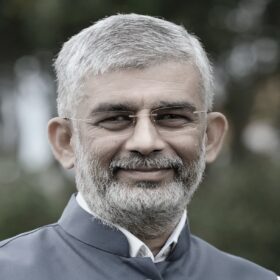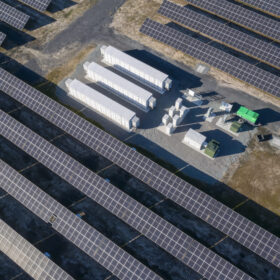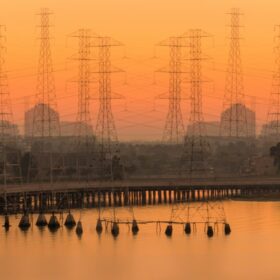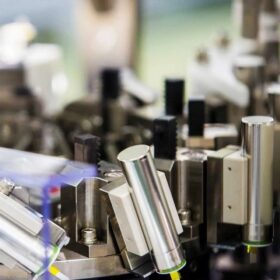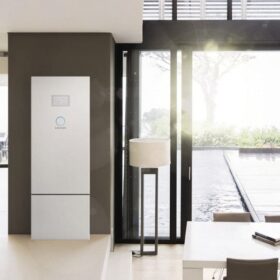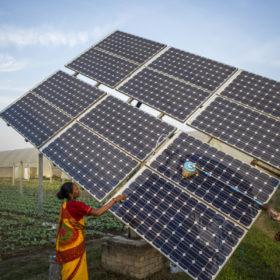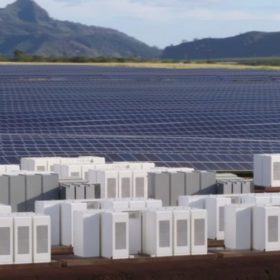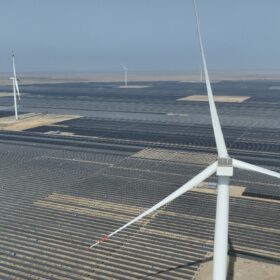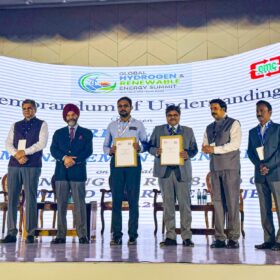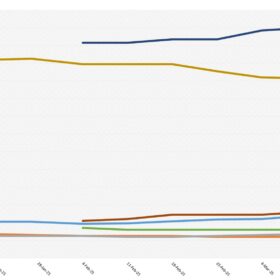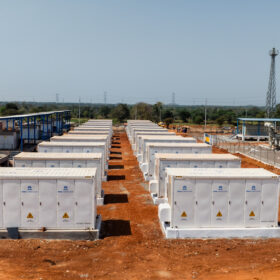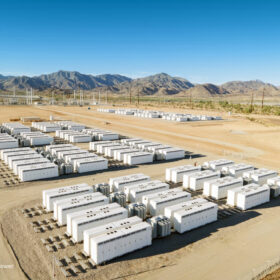Advait Infratech sets up hydrogen tech subsidiary in India
Advait Infratech’s wholly owned subsidiary, A&G Hydrogen Technologies, will engage in the manufacturing and assembling, integral supplies, and trading of equipment to meet the requirements of green ammonia, green hydrogen and green methanol projects.
Ensuring sustainability in solar and battery storage supply chain
Geneva-headquartered dss+, a spin off from DuPont, helps industries switch to sustainable and resilient operations. It serves power and utilities, oil and gas, metals and mining, among other industries.
With a strong presence in India alongside leading industry players, dss+ has been instrumental in shaping the region’s energy landscape. Srinivasan Ramabhadran, managing director, APAC, dss+, speaks to pv magazine about balancing efficiency, cost, and environmental impact in solar and battery storage manufacturing.
SJVN increases renewables-plus-storage tender capacity to 2.4 GW
SJVN has invited bids from renewable energy developers to supply 1.2 GW of firm and dispatchable power from RE projects with energy storage system, with greenshoe option of additional capacity up to 1.2 GW.
Reactive power management key to advancing grid stability
In its latest monthly column for pv magazine, IEA-PVPS provides a comprehensive overview of the state-of-the-art practices, best practices, and recommendations for managing reactive power amidst the growing integration of distributed energy resources (DERs). The article describes the regulatory frameworks and practical applications, underscoring the essential role of reactive power management in maintaining a stable and efficient power grid.
Vedanta Nico secures supply deal with US-based nickel-zinc battery developer
Vedanta Nico will be the preferred nickel supplier to US-based battery innovator Aesir Tech to develop nickel-zinc batteries for electric vehicles.
How long do residential solar batteries last?
Multiple factors affect lifespan of a residential battery energy storage system. We examine the life of batteries in Part 3 of our series.
How renewable energy is leading the fight for nature conservation
Even though fossil fuels still dominate global energy production at present, the movement for a changeover to cleaner forms of energy is building up. Renewables presently provide some 29 percent of all electricity generated; a figure bound to enormously rise in the next few years.
World Nature Conservation Day
The integration of renewable energy in agriculture plays a significant role in combating climate change. It aligns with global efforts to transition towards sustainable practices and reduce environmental impact.
REC posts its highest Q1 profit of INR 3,442 crore
REC has reported total income of INR 13,037 crore and net profit of INR 3,442 crore for April-May-June quarter of FY 2024-25.
SECI allocates 630 MW renewables-plus-storage at average price of $0.059 /kWh
The winning developers will set up renewable energy projects backed with energy storage system to supply a cumulative 630 MW of firm and dispatchable renewable power in a demand-following manner.

